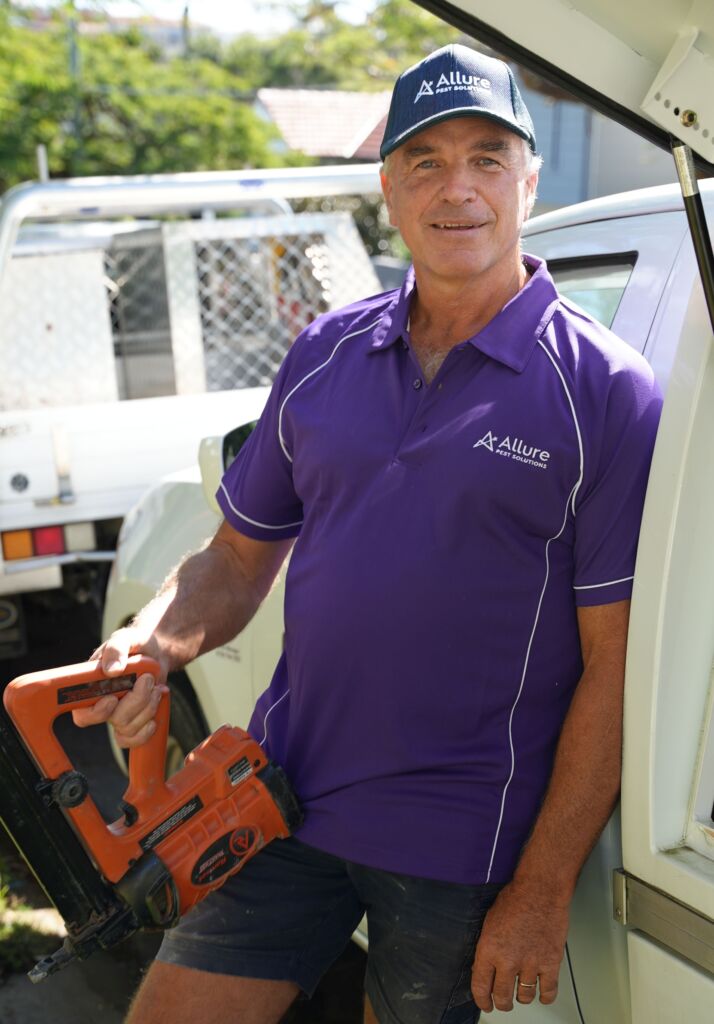A slab or ant caps aren’t a force field. If you don’t have a Termite Management System (TMS) in place—and keep it serviceable—termites can still reach the timbers in your home through cracks in concrete slabs, service penetrations, weep holes, or concealed pathways at the foundation level.
What is a TMS —and why your slab/raised floor isn’t enough? – A Termite Management System is the set of measures (physical, chemical, or both) that helps to prevent concealed termite access to your most prized possession.
Slab-on-ground homes: common weak points
Even with a good concrete slab, termites can reach timbers above it by:
- Cracks in the slab, control joints, and service penetrations (pipes, conduits) that aren’t properly collared or sealed.
- Bridged slab edges/weep holes where garden beds, mulch, paving or paths are built up. NCC, Australian Stardards and industry codes rely detail that visible slab edges and inspection zones should be maintained. If you cover them, you maybe removing the early-warning system.
Raised (suspended) floors – Ant caps
Traditional ant caps on stumps/piers don’t stop termites entering your home; they just force mud tubes into the open so activity can be seen during inspections. Without a current TMS and routine inspections, termites may still be able to reach the frame.

Why pre-construction (“Pre-con”) protection matters most
The most effective, code-compliant and cost-efficient time to install a TMS is during the construction of your home.
- Physical barriers (e.g., stainless steel mesh, Kordon, Homeguard) on the slab edge and service penetrations of your new home create durable deterrents.
- Chemical zones/reticulation under slabs and around perimeters allow safe replenishment over time. (A requirement when chemical life is shorter than the life span of a building).
Put simply: Pre-con TMS integrates with the build, protects service penetrations, and preserves inspection zones from day one—avoiding far more invasive (and expensive) retrofits later.
“I don’t think I have a TMS” —now what?
- Check for a durable notice (often in the meter box) stating the system type and inspection frequency. If missing, assume risk and book an inspection.
- Book a licensed termite inspection (at least annually; more often in high-pressure areas).
- Re-establish protection: options include perimeter chemical zones with reticulation, physical barriers at slab edges/penetrations, or baiting—chosen to suit your construction and site.
- Fix the basics: Control conditions that may attract termites. This includes extending downpipes so that moisture is not building up against the house, keeping slab edges and weep holes exposed, and not attaching untreated timber structures that bridge inspection zones.